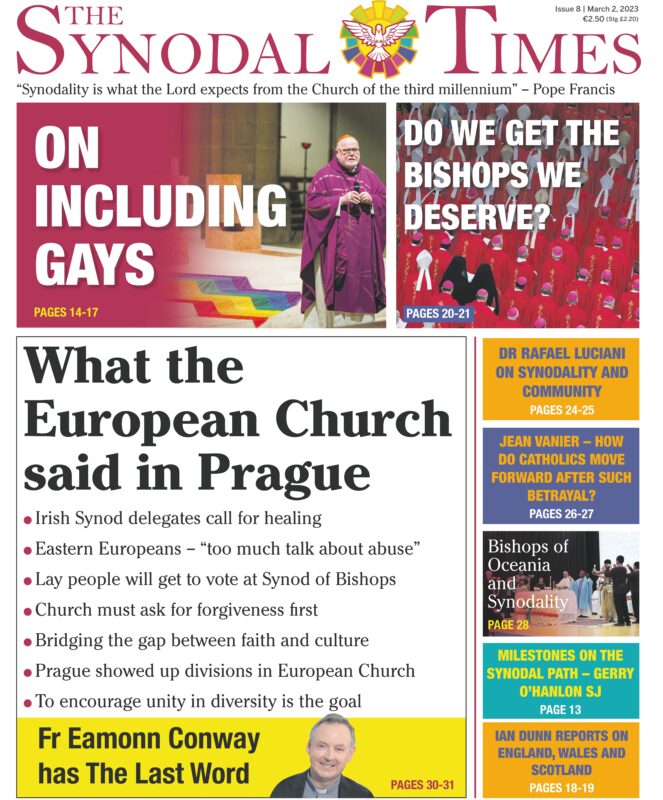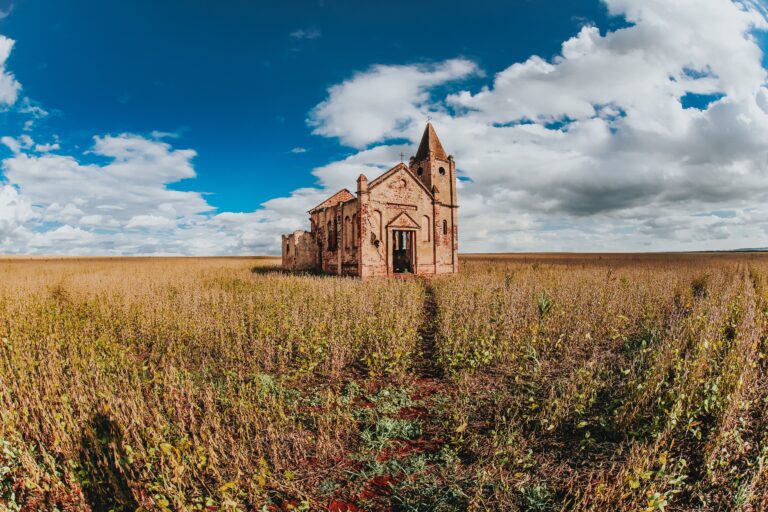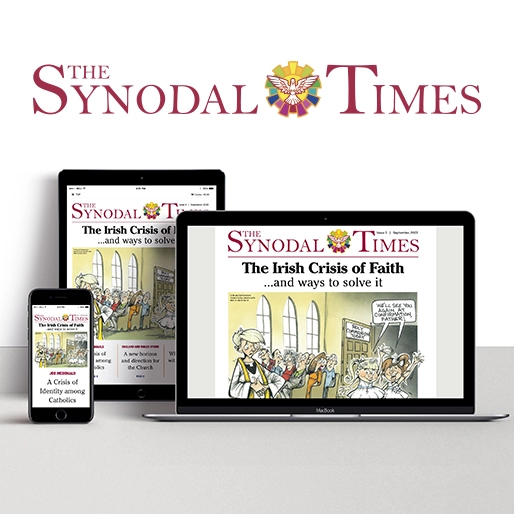Hello again,
I keep getting a vision of a once great cathedral now falling apart. There are holes in the roof, the statues are worn, and there are cracks in the walls. Yet, birds dart through the eaves, moss sparkles on the statues and green shoots sprout in the cracks.
This is the Church of the West, weak and weary, damaged and broken, yet it holds its greatest life where it seems weakest. The latest edition of The Synodal Times neatly highlights both themes, the great wounds in the body of the Church but also the unlikely places healing can spring from.

If we start with the cracks perhaps the piece that struck me most this month was Michael W Higgin’s article about Jean Vanier. Higgins wrote a book about him. Many of us believed he was a saint. We were appallingly wrong.
His halo was expunged and it is no exaggeration to say that millions were disillusioned if not devastated. For those of us who were Vanier biographers it was a grim time with the media. How could all of us have missed his sexually exploitative behaviour?
The Vanier affair speaks to an almost unfathomable level of corruption. The miracle is the good that L’Arche is, came out of it. But it shakes confidence in the very foundations of belief.
Brian Devlin, the whistle blower and former priest is fair set on rooting corruption from those foundations. He was one of those who unmasked Cardinal O’Brien. His latest powerful broadside aims at the world’s bishops and does not miss and hit the wall.
When we get to the point where we spot a bishop and excitedly declare, “he’s a good one” as though you were spotting a rare osprey, then you know we are really in trouble.
The great challenge for reformers like Brian of course is that in our Church change only comes through the bishops, Yet change can come from surprising places. Handsome young journalist Ian Dunn (Are we sure about this? – Ed) reports on a Synodal movement in the Hebrides that may bear surprising fruit.
The Diocese of Argyll and the Isles is likely the smallest in Britain in terms of population. It covers the far flung Catholic communities of the Western Highlands and Islands, the descendants of those awkward Gaels who clung on to the Faith through reformation and suppression. It’s led by Bishop Brian McGee, a big amiable man from Greenock, who was a reluctant bishop but is an enthusiastic proponent of the Synod.
In a similar vein Brandon Scott’s piece on a small synodal group in Meath, shows the insight that be generated on the peripheries.
A sense of a joyful confidence in the Church was perhaps missing from our own synthesis. We wondered about this because we don’t seem to have the same joy that is evident in other parts of the world. One quote was mentioned at the meeting that I think is very powerful: ‘The synodal process in Ireland seems to be a voice to past pain and current panic.’
As we ponder our own cracked cathedrals this Lent, it might be worth thinking about that joy, where we last saw it and where we might find it again.
As ever, thanks for reading. If you liked this please share it with a friend.
God Bless, Ian Dunn



